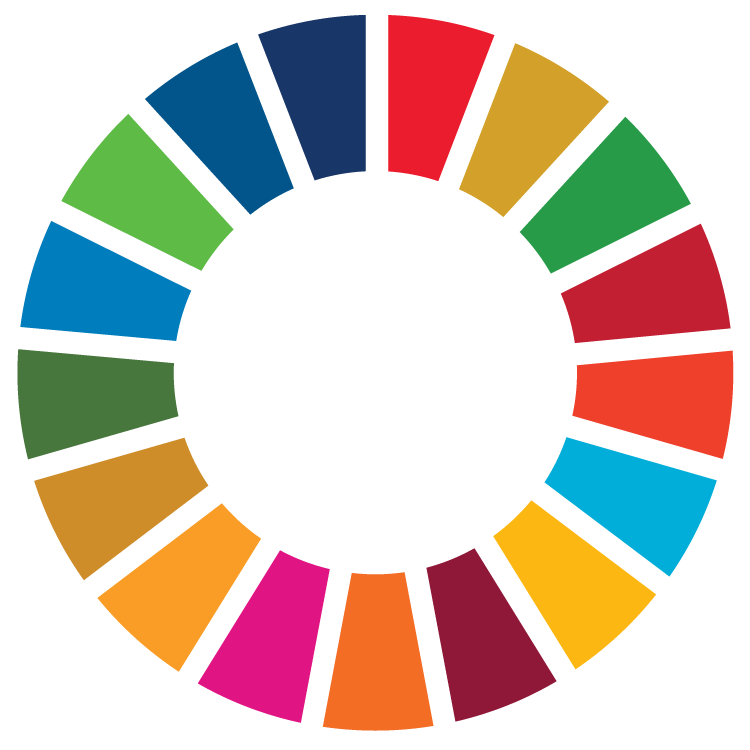This technical guide provides information on alternatives to leather that can prevent the environmental and human health impact while promoting local employment and sustainable economic opportunities, and summarises associated environmental problems caused by the tanning sector in the air, water and soil vectors and main generated pollutants. It also describes some available tools to implement a sustainability policy in the tanning
United Nations Environment Programme
- Who we are
- Where we work
-
What we do
- Air quality
- Biosafety
- Cities
- Digital Transformations
- Disasters and conflicts
- Energy
- Environment under review
- Environmental law and governance
- Extractives
- Food Systems
- Forests
- Fresh Water
- Gender
- Green economy
- Ocean, seas and coasts
- Resource efficiency
- Sustainable Development Goals
- Transport
- Youth, education and environment
- Publications & data


